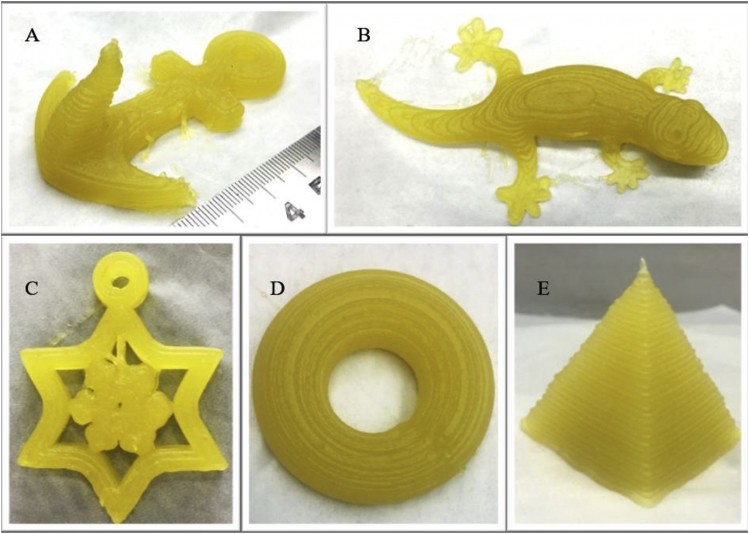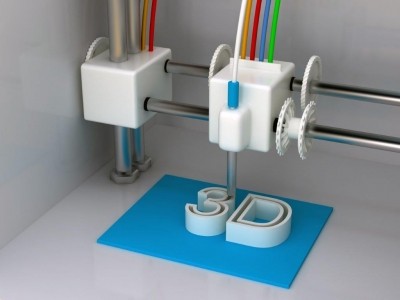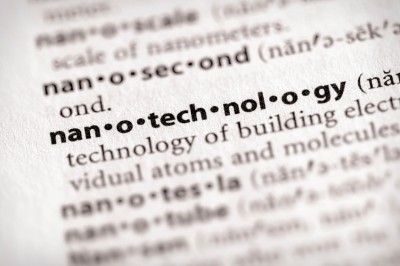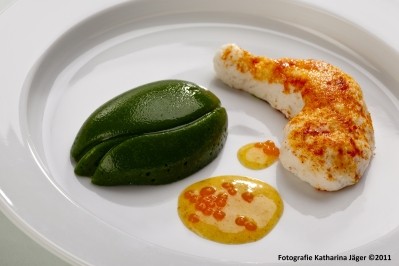Lemon juice gel an ideal building block for 3D food printing, study finds

Experiments that use various quantities of these foods to form an optimal gel recipe found that adding 15 grams (g)/100 g potato starch proved optimal for a three-dimensional (3D) food object.
This material, which exhibits a translucent, flexible and chewy texture, is according to the Chinese researchers a “gel-type fudge” which “provides some guidance for other gel and starch products in 3D printing”.
Compared with the traditional technology, 3D food printing is touted as a simple, time saving production technique customisable in the whole manufacturing process.
It provides the possibility of printing complex objects with an internal structure. In recent years, 3D printing has been widely applied to food technology as an innovation for food processing in the future.
The concept taps very much into “personalising” foods, where the look, shape and nutritional profile of a meal can be tailored to requirements.
3D printing has therefore found applications for the elderly, who may have difficulty biting or swallowing or find the unappetising appearance of certain foods too much to stomach.
Currently, technology is in the relatively early stages of development, where the high cost of innovation and investment has proved a barrier to its uptake.
Earlier this year, Cambridge-based Company Dovetail revealed details of a 3D food printer that enables "creative" food to be produced from a range of pre-packaged liquids or ingredients.
According to the firm, the technology was able to print food, on demand through a smartphone.
Likewise, Spanish-based Natural Machines’ ‘Foodini’ machine prints food via edible ingredients squeezed out of stainless steel capsules.
According to the company, the technology is capable of producing detailed cake decorations or unusually shaped food. The machine could also prove useful in the preparation of homemade pizza or filled pasta.
Study criteria
The team, based at the Laboratory of Food Science and Technology, Jiangnan University, China, took varying quantities of potato starch (10, 12.5, 15, 17.5 and 20 g/100 g) and mixed it with lemon juice.
The samples were then moved to glass containers and steam cooked for 20 minutes and allowed to cool to room temperature to form a weak gel-like structure, which was then stored at 4 °C.
Nuclear magnetic resonance (NMR), rheological and texture profile analysis (TPA) was carried out to determine the sample’s water and printing behaviour.
Besides the gel’s properties, the influence of printing parameters (nozzle height, nozzle diameter, extrusion rate and nozzle movement speed) on the quality of printed products were also studied.
The team, led by Dr Fanli Yang, found a 1 mm nozzle diameter, 24 mm3/s extrusion rate and 30 mm/s nozzle movement speed were the “optimal parameters to print 3D constructs matching the target geometry with fine resolution, more smooth surface texture, and fewer point defects with no compressed deformation.”
Previous findings
Some food materials such as chocolate, dough and meat paste has already been used to print 3D objects to varying success.
Sometimes, the printed objects have had to be processed or cooked post-printing with transglutaminase and bacon fat used as additives to make printable scallop and turkey meat-puree.
The researchers also point to the production of 3D printed wheat-based snacks enriched with insect powder(Tenebrio molitor) with the aim to improve the quality and the content of proteins.
The properties and composition of materials have been considered to be the most important factors in the 3D printing process.
“These materials should be homogenous and have appropriate flow properties for extrusion as well as can support its structure during and after printing process,” the team commented.
They pointed to previous studies that found gels with a rapid and reversible modulus response to shear stress and to the temperature as suitable for direct-write 3D printing
This was because they were easily extruded out from nozzle tip during printing and could maintain sufficient mechanical integrity to support the next printed layer without deformation.
Source: LWT - Food Science and Technology
Published online ahead of print: doi.org/10.1016/j.lwt.2017.08.054
“Investigation on lemon juice gel as food material for 3D printing and optimization of printing parameters.”
Authors: Fanli Yang, Min Zhang, Bhesh Bhandari, Yaping Liu























